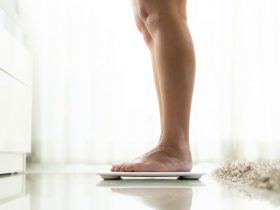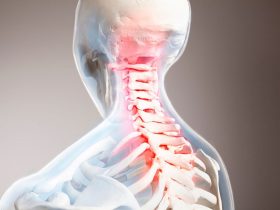Doctors say they are rethinking their decision to enter medicine, citing understaffing, paperwork, insurance hassles as major reasons why
By Physician’s Briefing Staff HealthDay Reporter
WEDNESDAY, March 1, 2023 (HealthDay News) — America’s health care workforce is under unprecedented strain, and leaders of the medical profession are scrambling to shore up doctors and nurses who are burning out in record numbers.
Nearly two-thirds (63 percent) of a nationwide group of doctors and nurses said they are experiencing a moderate or great deal of burnout at work, according to a new HealthDay-Harris Poll online survey. Those numbers jibe with figures from top medical associations, officials said.
For example, only 57 percent of doctors say they would choose medicine as a profession again compared with 72 percent the year before, according to Christine Sinsky, M.D., vice president of professional satisfaction at the American Medical Association. “Likewise, a year ago, 40 percent of physicians felt highly professionally satisfied. A year later, only 22 percent,” Sinsky said during a HealthDay Now interview. “So, I think a picture of a workforce in peril is coming into focus.”
The National Academy of Medicine has seen a similar trend. “Even before COVID, about 40 percent and up to 50 percent of doctors and nurses are reporting burnout, distress, anxiety,” Victor Dzau, M.D., president of the National Academy of Medicine, told HealthDay Now. “And since COVID, the numbers have gone up to 70 to 90 percent.”
Understaffing is the greatest contributor to burnout, with 66 percent of primary care physicians and 75 percent of nurses citing it in the HealthDay-Harris Poll survey. The amount of daily paperwork is the second greatest contributor, cited by 58 percent of doctors and 51 percent of nurses.
Electronic health records (EHRs) are behind a lot of this paperwork stress, Sinsky noted. “It takes longer to do the same work in the electronic health record than it used to take without the electronic health record,” Sinsky said, noting that much of the paperwork previously done by support staff has been pushed to doctors, nurses, and physician’s assistants as a result of EHRs.
“Physicians are finding themselves with two hours of work every night at home,” Sinsky said. “After the kids go to bed, physicians spend two hours on their EHR and desk work for every one hour of direct face time with patients. You can imagine how dispiriting that is to physicians, and how that’s not really what patients want either.”
Doctors also cite the time they spend communicating with insurance companies on their patients’ behalf as a source of burnout — 38 percent of primary care physicians versus just 20 percent of nurses.
This burnout can directly affect the quality of care a patient receives, Dzau said, because physicians get less sleep and are more likely to make mistakes. “If they were suffering, then patient care would suffer,” Dzau said.
The HealthDay-Harris Poll survey shows that doctors and nurses are taking steps to care for themselves. When asked how they manage burnout, the respondents cited a number of coping strategies: exercise, counseling, maintaining friendships outside medicine, setting up boundaries around work, and talking things out with their spouse.
HealthDay Now: Healing the Healers
Copyright © 2023 HealthDay. All rights reserved.







